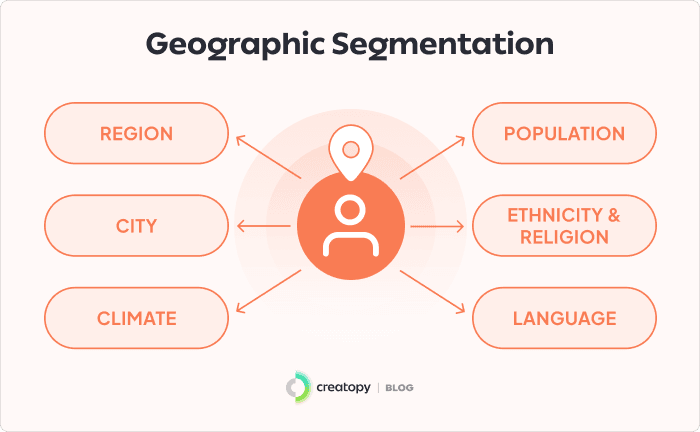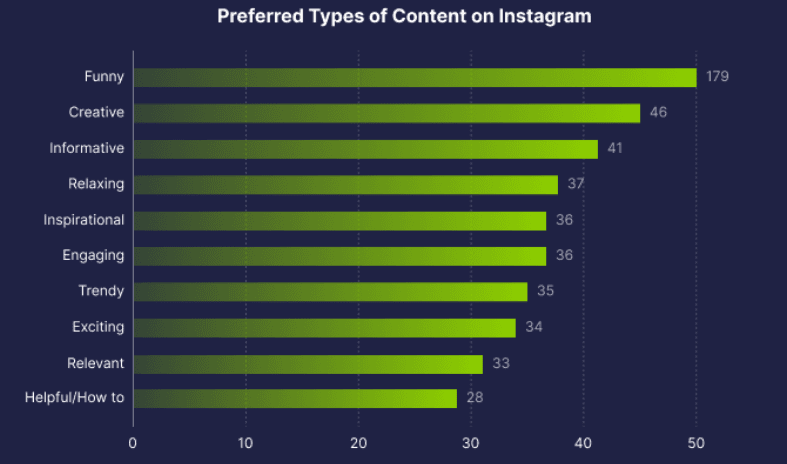Are you an agency? Scale your team's work and impact with The Agency Package.
Are you an agency? Scale your team's work and impact with The Agency Package.
Instagram targeted ads are changing how businesses reach their customers online. Yet several businesses struggle to maximize their return on investment, often making costly mistakes in their Instagram ad campaigns. Many of us have been there: you've crafted what seems like the perfect Instagram ad campaign, only to watch it underperform. The good news? We can fix that; it all comes down to really understanding your target audience and building a smart Instagram ad strategy.
"A brand is no longer what we tell the consumer it is—it is what consumers tell each other it is," says Scott Cook, showing how important targeted ads are in shaping what people think about brands. Instagram advertising best practices keep changing, so businesses need to watch out for common mistakes that can waste their money. What worked yesterday might not work today, so stay ready to change your approach.
Good Instagram targeted ads start with knowing who your audience is. According to Analyzify, women aged 18-24 make up 16.4% of Instagram users, while in the 25-34 age group, women are 16.3% and men are 15.4%. These numbers show not just who uses Instagram, but how they use it.
Knowing age and gender is just the start. You must also consider where your audience lives and how they behave. People in different places respond differently to ads, so you need to change your message based on location. Smart advertisers know that picking the right location settings is just the beginning.

Time zones, holidays, and local events matter a lot when running ads, too. Change their settings based on these factors to make sure your ads show up when people are most likely to see them. Understanding when your audience is most active helps you get better results from your ad spending.
The complexity of audience targeting extends beyond basic demographic and geographic considerations. Behavioral targeting, interest-based segmentation, and lookalike audience creation all contribute to campaign success. Advertisers should use all the targeting options Instagram offers, mixing different methods to reach exactly the right people.

Picking the wrong campaign goal is one of the costliest Instagram targeted ads mistakes you can make. WebFX shows that engaging with users costs between $0.03 and $0.08 per interaction, so choosing the right goal is key to using your budget well. Each type of campaign serves a different purpose, from making people aware of your brand to getting them to buy something, so you need to match your goals with what your business needs.
Want to build brand awareness? That's a different game than driving immediate sales. Looking for engagement? You'll need different success markers than if you're hunting for leads. The beauty of Instagram ad campaigns is their versatility—but that's only helpful when your immediate goals fit your long-term business plans.
Image – title: Matching Business Goals with Instagram Campaign Objectives: Your Path to More Effective Advertising
1. Grow Public Recognition → Brand Awareness
When you want to build awareness and reach new potential customers who might be interested in your products or services.
2. Direct Users to Website → Traffic
When your goal is to direct more Instagram users to visit specific pages on your website, blog, or landing pages.
3. Boost Sales → Conversions
When you aim to drive immediate purchasing actions from your audience through Instagram ads.
4. Collect Customer Contacts → Lead Generation
When you want to collect contact information from potential customers who show interest in your business.
5. Increase App Downloads → App Installs
When your primary goal is to get more people to download and install your mobile application.
6. Build Community → Engagement
When you want to increase interaction with your content and foster stronger connections with your audience.
7. Showcase Products → Catalog Sales
When you want to display your product catalog and drive sales directly through Instagram's shopping features.
When you understand how goals connect to how well your ads work, you can make better choices about where to spend your money. This becomes extra important when running several campaigns for different groups of people.
Tracking how well your ads work becomes easier when you have clear goals. When you know exactly what you want to achieve, you can measure success more accurately and improve future campaigns based on real results rather than guesses.
Good visuals are crucial for Instagram advertising best practices. Analyzify shows that funny content gets the most engagement, with 50% of users liking this type of content, while Instagram Reels get an average of 10.53% of people watching them. These numbers show why it's so important to create visuals that connect with your audience while looking professional.
Image – source: https://analyzify.com/statsup/instagram

The standards for image quality have gotten much higher lately. Just having professional photos isn't enough anymore—your content needs to feel real while still looking high-quality. Fashion accounts get 25% of all brand interactions on Instagram, setting high standards for how ads should look across all types of businesses. This has changed what people expect from ads on Instagram, no matter what industry you're in.
Color psychology plays a crucial role in ad performance, too. Different color schemes evoke distinct emotional responses, affecting how audiences perceive and interact with advertisements. Advertisers must try various colors to see what works best with their specific audience, knowing that how things look can really change how well their campaigns perform.

Making ads that make people stop scrolling needs both creativity and technical know-how. The Brief's design platform makes this easier, offering ready-made templates made specifically for different types of Instagram ads. Our easy-to-use system helps you keep your brand looking consistent while trying new creative ideas that grab attention.
Image: The Brief templates from this article: https://www.thebrief.ai/blog/instagram-target-audience/
Instagram's cost structure requires attention to detail. WebFX says most businesses spend between $101 and $500 per month on ads, with management fees running 10-20% of ad spend. The platform's $5 weekly minimum budget makes it accessible to businesses of all sizes while offering scalability for larger campaigns and more complex advertising strategies.
Cost per click (CPC) metrics, ranging from $0.01 to $0.25, and cost per thousand impressions (CPM), ranging from $0.01 to $4, need careful watching. These numbers help you understand if you're efficiently reaching your Instagram target audience. If CPM, CPC, and CPA sound unfamiliar, find everything you have to know about these three important methods in the online advertising from our dedicated guide.
Image: Optimal Instagram Ad Budget Allocation
Based on Monthly Budget: $500
Budget Breakdown (from highest to lowest allocation):
Key Allocation Guidelines:
Average Costs:
Legend:
Exemplu asezare text + element vizuale:

Also, here are key areas to focus on when managing your budget:
David Ogilvy said: "Big ideas come from the unconscious. This is true in art, in science, and in advertising. But your unconscious has to be well informed, or your idea will be irrelevant. Stuff your conscious mind with information, then unhook your rational thought process."
Well, A/B testing represents a cornerstone of any effective Instagram ad strategy. DataReportal ranks Instagram fourth among social platforms, with users equaling 70% of YouTube's audience. This big audience gives you plenty of chances to test different parts of your campaigns. Regular testing helps you find the best mix of creative elements, targeting, and delivery options.
Key things to test include:
Location, location, location—it matters in real estate and in Instagram ads. Analyzify reports that Instagram gets 14% of all U.S. social media visits, so putting ads in the right places is crucial. Each place you can put ads—main feed, stories, explore page, or Reels—works differently and reaches people in different mindsets.
Important placement choices include:
Image: Recommended Instagram Posting Schedule
24-Hour Timeline (EST/PST)
Peak Engagement Periods:
Best Practices:
Exemplu asezare text + elemente vizuale:

Instagram made about $60.3 billion in advertising revenue in 2023, making up nearly 44% of Facebook's total revenue, according to Analyzify.
Therefore, success with Instagram advertising means being good at both technical details and creative work. Great campaigns need careful attention to who you're targeting, how your ads look, and how well they perform. By avoiding common mistakes and following what works, businesses can do better on this powerful advertising platform.
Remember that doing well with Instagram ads also means always learning and adjusting. The platform changes, what people like changes, and there's always more competition. Keep up with updates, watch your numbers carefully, and be ready to change your approach. Most importantly, keep trying new ideas and measuring how they affect your business goals. When we commit to continuous improvement, that's when the magic happens.
7 days free on us
Let's put these insights into action. Build, scale, and automate campaigns with AI-powered workflows.